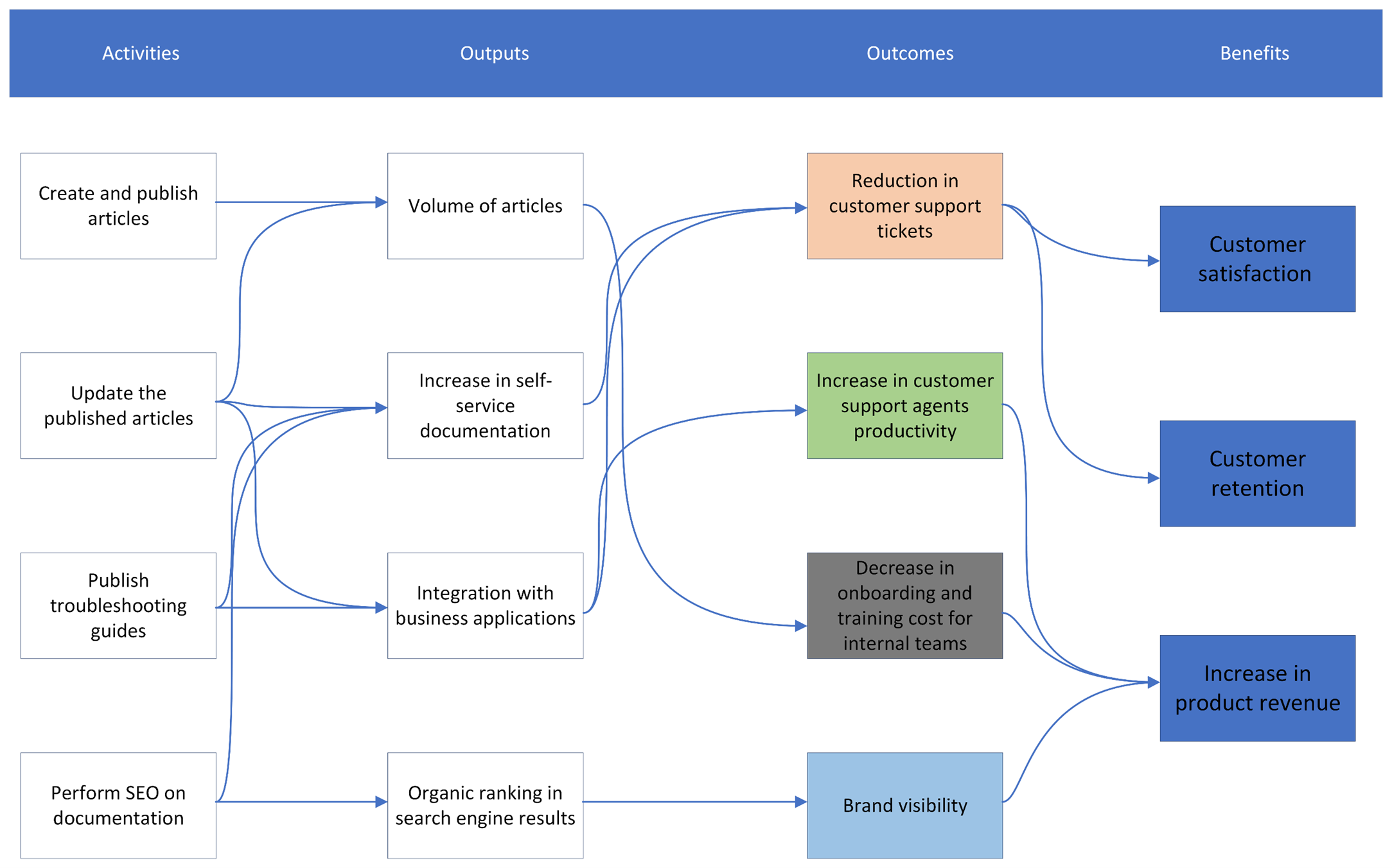Every organization around the world has a vision statement that is aspirational in nature. The vision statement articulates what the organization believes in and what they stand for. The mission statement characterizes the organization’s existence, and it drives the long-term business objectives. The vision and mission statement does not change over time as it is the instrumental force for decision making, values, ethics, and more importantly its culture.
Many organizations undertake strategic planning exercises every year or two to build their business strategy. The business strategy maps out the future state of an organization. Once approved by the organization’s board members, the business strategy is put in motion. This business strategy provides a foundation for people strategy, sales strategy, marketing strategy, and so on. These strategies are very focused on achieving business objectives set out in the business strategy. One of the fundamental strategies to propel business innovation is the documentation strategy. The documentation strategy lays a strong foundation for how the organization creates and manages its documentation.
Documentation strategy must have a strong business focus, and it should be aligned with achieving business goals that are set in your business strategy. It should clearly articulate how your documentation offers a unique value proposition to the organization, how it helps internal stakeholders with their day-to-day operations, how it helps its customers and service delivery.
Why do we need a good documentation strategy?
Documentation strategy focus areas include knowledge retention, product documentation, standard operating procedures, service delivery processes, and governance. The documentation strategy should empower internal stakeholders to serve its customers better by utilizing internal resources in an optimal way. The core business drivers for a good documentation strategy include
- Customers wish to self-serve for product support; thus, product documentation is vital for product growth and customer satisfaction
- Service delivery processes provide transparency to customers on how an organization does business, thereby increasing customer trust
- Internal stakeholders have a solid understanding of ‘the organization’s internal business processes, and a collaborative model that maximizes customer outcomes
- Organizational knowledge is retained; thus, it becomes part of institutional memory. This practice promotes an open culture of knowledge sharing
- Knowledge sharing propels business innovation as new knowledge is created using foundational organizational knowledge about the product, process, and people
Check out How Document360 helped Whatfix streamline its documentation process:
What should documentation strategy contain?
A good documentation strategy should focus on creating high-quality documentation that helps a business achieve its business strategy. The documentation strategy contains a list of key focus areas, project stakeholders, operating model, engagement plan, project plan, risk plan, and communication plan.
For example, if you are a SaaS product company, your focus may be on product documentation; Capturing and documenting product features helps your customers to maximize the utility of your product. Documenting troubleshooting guides will help your internal customer support team serve your customers in case of any issues with using your product.

Documentation strategy should clearly outline the current and future state of the ‘organization’s documentation. To measure whether the organization has achieved its current state is done through Key Performance Metrics (KPIs). Senior leadership in the organization is accountable for achieving those KPI targets and will champion the execution of documentation strategy. The KPIs are reported in quarterly meetings and shared across the organization.
How to create a good documentation strategy?
The list of items in your documentation strategy are
-
- Clear business goals
- List of documentation projects that needs to be executed along with business priorities
- KPIs are defined with senior leadership accountability to measure the success of a documentation strategy
- Governance structure to oversee the execution
- Risk plan and Mitigation strategy for decision making
- Communication plan to promote success stories
Creating a good documentation strategy start with an organization-wide consultation process. This process can be done in tandem with building a business strategy. The consultation process would result in understanding business goals and customer outcomes. The consultation also helps audit the current state of organizational capabilities in creating, managing, and sharing content. After consultation, internal ‘stakeholders’ objectives are mapped to business strategy and prioritized.
The organization gap that is identified can be formulated as several projects. Thus, the documentation strategy execution plan contains several projects that can be executed based on business priorities. Each project has a dedicated project manager. A program manager may be hired to assist the leadership team in overseeing the projects.
The structure of the governance committee that oversees the execution of documentation strategy needs to be established along with robust terms of reference. The governance committee meets every quarter to review the KPIs, assess current documentation strategy risks, provide guidance on mitigating those risks, and prioritize documentation strategic initiatives and projects. The Organization board shall allocate appropriate funding and empower the respective leadership team to drive the documentation strategy forward.
The business goals for documentation strategy are also clearly documented. The KPIs, KPI accountable owners, KPI current state, and target state are clearly defined. The business definition of all business terms used in the KPI calculation is communicated across the organization to avoid ambiguity. The calculation methodologies of all KPIs are explicitly defined to bring clarity among all stakeholders. Internal dashboards are created to monitor those KPIs and to gauge the progress of documentation strategy’s program initiatives.

A communication plan is another vital component of documentation strategy as it relays the project progress to all internal stakeholders. The ‘organization’s customers are also given periodic updates about the ‘organization’s documentation strategy. The communication plan includes what channels will be used to promote project milestones, success stories, KPIs, and so on.
An intuitive product documentation software to easily add your content and integrate it with any application. Give Document360 a try!
Get Started
What are things to consider for the execution of a successful documentation strategy?
The documentation audit provides a clear direction on the kind of capabilities that an organization needs to build to successfully execute a documentation strategy.
-
Hiring
Technical document writers, documentation team leads, project managers, and program managers may be required to run the projects. Once these roles are identified, start your hiring process swiftly in accordance with your project deadlines.
-
Tools
A good documentation authoring and publishing tool is indispensable for content writers to help with creating, managing, and sharing documentation. Choosing a cutting-edge knowledge base platform that can help content writers undertake activities around the documentation lifecycle is essential.
-
Process
A structured documentation framework and workflow process help to achieve consistency and clarity in producing high-quality documentation. Document all internal documentation workflow processes and seek consensus among your project stakeholders for process efficiency.
-
Engagement plan
The way the documentation team engages with parts of the organization is crucial for the successful execution of your documentation strategy. Documenting the clear roles and responsibilities, engagement process, governance, and change management process are essential.
Final remarks
A good documentation strategy adheres to good principles that drive the execution plan. The leadership team shall empower program managers and evangelize documentation strategy initiatives. Championing a strong documentation culture is necessary for change management and strengthens leadership commitment. Building long-term strong organization capabilities should be the focus of your documentation strategy. Timely project execution helps to win internal stakeholder trust and deliver customer outcomes. If the documentation strategy supports business value creation, it helps the organisation fulfil its mission.




 –
– 

